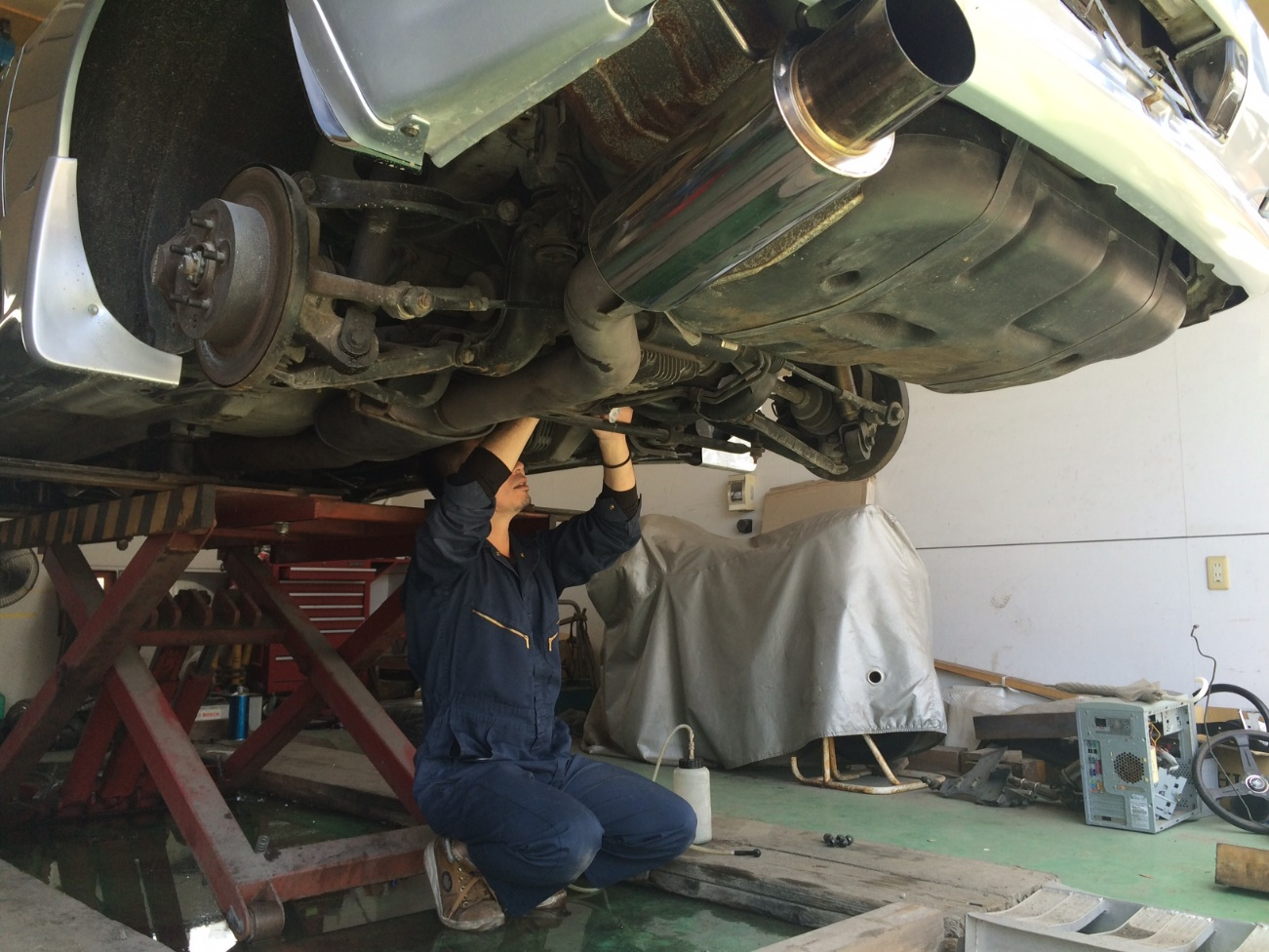In this modern time, having a luxury or a small SUV car is one of the basic needs to survive especially in the urban setting. However, the increasing prices of automobiles and fuel make it difficult for everyone to invest and purchase new cars. The upsurge in the prices of automobiles has brought the attention of buyers to buy used cars that are good alternatives to fulfilling their automotive needs. Purchasing a used car requires a methodical and cautious approach, especially if the vehicle is a Japanese model, renowned for dependability.
Exterior Inspection
-
Paint
Whenever we start examining or inspecting a vehicle, we first give it a thorough visual inspection. Examining a used Japanese car’s paintwork in great detail is the first step in the exterior inspection process. You need to check the exterior body of the car for any indications of rust, dents, or scratches. Feel for any roughness along the panel edges with your fingers; this could be masking tape from an earlier paint job. Also, look for any irregularities in the car’s sides from various angles. Remember that, waves in the body may indicate previous paintwork. To find out more about the history of the Japanese imported cars, talk to the owner or dealer as soon as you notice any problems.
-
Belts
Examine the belts and hoses under the hood with great attention. As these parts are essential to the car’s proper operation, make sure they are free of cracks. The timing belt, which controls the engine’s valves, is very significant. Ask about the timing belt’s history of replacements from the seller or dealer. These parts usually last between 60,000 and 100,000 miles. See your mechanic about the recommended replacement intervals for steel timing chain cars, as different manufacturers may have different recommendations.
-
Tires
It is important to perform a thorough inspection on the tires to prevent unforeseen costs after purchase. For accurate results, conduct this examination on level and even ground. You should verify whether the tire wear and the reported mileage match up. To check this, you may use the coin test to gauge the depth of the tread. Insert a penny into the tread grooves to make sure the thickness is correct. Whereas, to avoid uneven wear, make sure the tread pattern and brand of each tire match. Further, evaluate the alignment as well because improper alignment of tires can result in early tire wear, and adjust the negotiation accordingly.
-
Engine
Any car’s engine is its heart, so it needs a careful inspection. Keep an eye out for leaks or corrosion, as these may be clues to more serious problems. Check the transmission dipstick while the engine is running to make sure the right amounts of fluid are present; the fluid should ideally be pink or red. Any dark colour or burnt smell could be indicators of transmission issues, which need to be fixed right away. Even though a mechanic’s comprehensive inspection is necessary, a preliminary evaluation can assist you in spotting possible warning signs.
-
Frame
A damaged frame may expose the car’s structural integrity to the damage. You must examine the inside door jambs, bolt heads, and front fenders with a flashlight for evidence of possible repairs, such as welding or scratch marks.
-
Lights
While inspecting the car exterior, make sure to check the lights whether it is a headlight or any other lights in the car. All the headlights should be working properly as they enhance the safety of the car while driving at night. Further, the indicator lights are also important to alert and give signals to fellow drivers on the roads. Hence, they all must be working properly.
-
Odometer
Consider the vehicle’s overall condition and the odometer reading. Both low-mileage older cars and high-mileage newer cars bring special considerations. To determine the chosen vehicle’s long-term viability and possible maintenance costs, speak with your mechanic.
-
Brakes
It is important to test the brakes at speeds greater than thirty miles per hour in order to evaluate how responsive they are. Put just enough pressure on them to see if they can withstand emergencies without skidding or getting into any accidents. For this test, pick a secure, empty parking lot and confirm that the brakes adhere to the necessary safety regulations.
-
Interior Inspection
An owner’s care and attention to detail are demonstrated by a well-kept interior. Look for indications of wear, stains, or damage on the floors, trunk, and seats. In addition to improving your driving experience, a spotless and well-kept interior shows how well-maintained the vehicle has been overall.
-
Cool Analysis of Air Conditioning
Even in colder months, test the air conditioning system. Environmentally friendly R134 coolant is more commonly found in cars equipped with 1993 or newer models. Examine the system for possible leaks, paying particular attention to the pipes, hoses, and major mechanical parts. Have a mechanic check the entire system for optimal performance, taking into account the connection between the heating and cooling systems.
Extra Points to Remember
Even though the points listed above offer a thorough inspection guide, there are a few more things to think about that can improve your evaluation process even more:
-
Fluid Levels
Verify the quantities of vital fluids like coolant, brake fluid, and oil. Sufficient levels enhance the car’s overall longevity and performance.
-
Suspension System
Use a bounce test to evaluate the suspension system. Apply pressure to every corner of the vehicle and watch the response. Uneven movement or excessive bouncing could be signs of suspension problems.
Final Thought
Making the decision to buy a used Japanese car requires careful consideration and research. Although this guide offers a thorough overview, a detailed assessment requires the involvement of a reliable mechanic. Remember that the objective is to purchase a car that meets your needs and is safe and dependable, rather than just buying a car. Through the application of these insights to your inspection procedure, you enable yourself to make an informed choice and drive with peace of mind.


Recent Comments